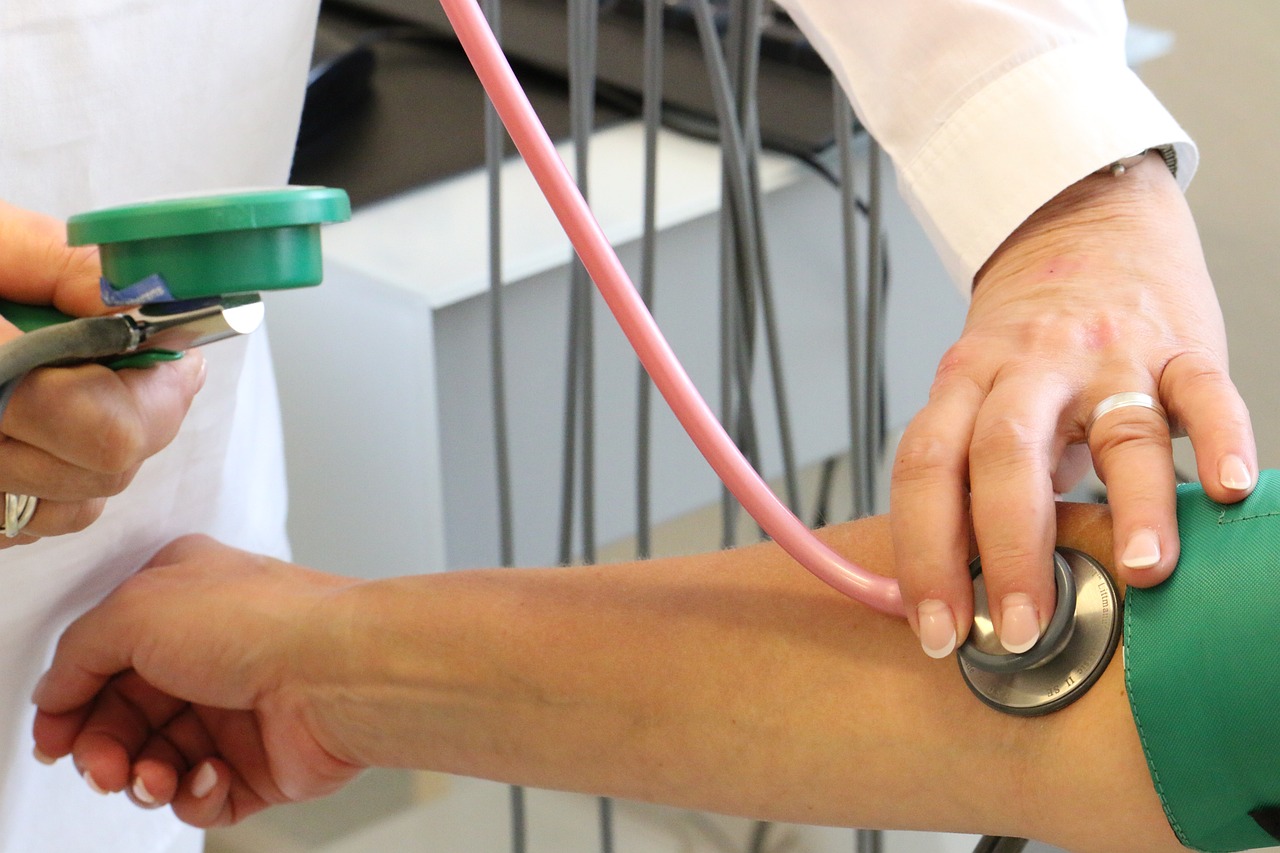
High blood pressure, also known as hypertension, is a common health problem that affects millions of people around the world. It can lead to serious health issues such as heart attack, stroke, and kidney disease if left untreated. The good news is that there are several natural remedies that can help lower blood pressure quickly and effectively. In this blog, we’ll discuss 7 natural remedies that you can try at home to lower your blood pressure immediately.
1. Reduce Sodium Intake
Eating a diet high in sodium can cause your blood pressure to spike. To lower your blood pressure immediately, try reducing your sodium intake. Avoid processed foods and snacks that are high in salt. Instead, opt for fresh fruits and vegetables, lean proteins, and whole grains.
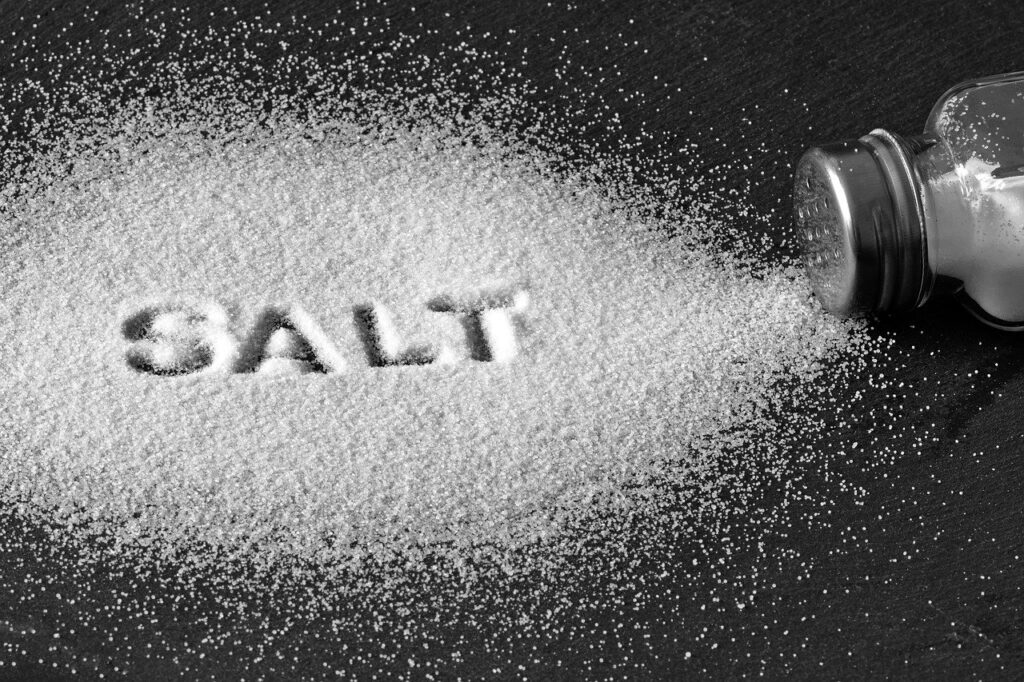
2. Increase Potassium Intake
Potassium is an important mineral that can help regulate blood pressure. Eating foods high in potassium, such as bananas, avocados, sweet potatoes, and spinach, can help lower your blood pressure naturally.
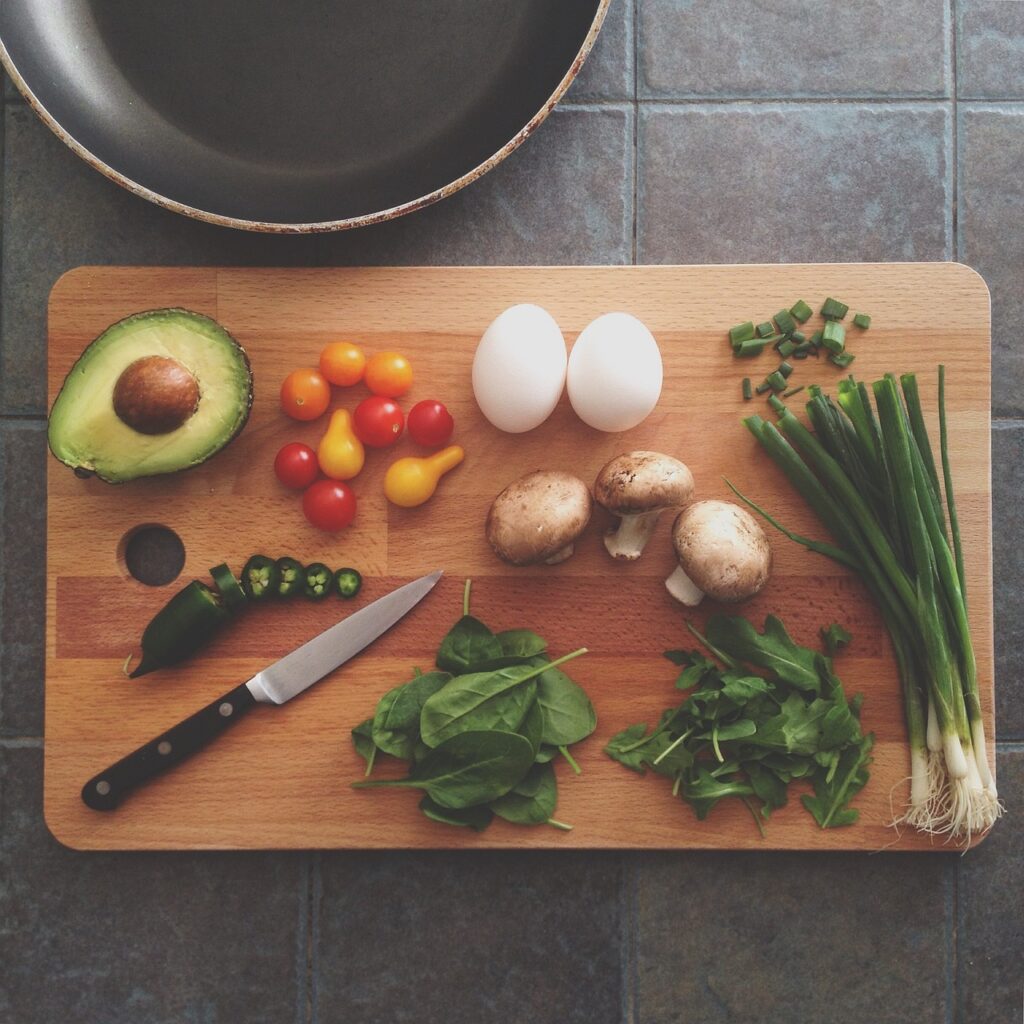
Here are some foods that are rich in potassium:
- Sweet potatoes: One medium-sized sweet potato contains about 542 mg of potassium.
- Avocado: One medium-sized avocado contains approximately 708 mg of potassium.
- Spinach: One cup of cooked spinach contains around 839 mg of potassium.
- Banana: One medium-sized banana contains about 422 mg of potassium.
- Salmon: A 3-ounce serving of cooked salmon provides approximately 534 mg of potassium.
- White beans: One cup of cooked white beans contains around 1,189 mg of potassium.
- Yogurt: One cup of plain low-fat yogurt contains approximately 531 mg of potassium.
- Beet greens: One cup of cooked beet greens contains around 1,309 mg of potassium.
- Tomatoes: One medium-sized tomato contains about 292 mg of potassium.
- Orange juice: One cup of orange juice provides around 496 mg of potassium.
It’s worth noting that the recommended daily intake of potassium for adults is around 2,500 to 3,000 mg.
3. Exercise
Regular exercise is an effective way to lower blood pressure immediately. Physical activity helps strengthen your heart and blood vessels, which can lead to lower blood pressure. Aim for at least 30 minutes of moderate exercises, such as brisk walking or cycling, most days of the week.

4. Reduce Stress
Chronic stress can cause your blood pressure to rise. To lower your blood pressure immediately, try stress-reducing techniques such as deep breathing, meditation, or yoga.
Check out our article on yoga here: https://sundaymania.com/the-benefitsof-practicing-yoga/
5. Hibiscus Tea
Studies have shown that drinking hibiscus tea can help lower blood pressure. Hibiscus contains compounds that act as natural diuretics, which can help reduce blood volume and pressure. Try drinking two to three cups of hibiscus tea per day to see the effects.
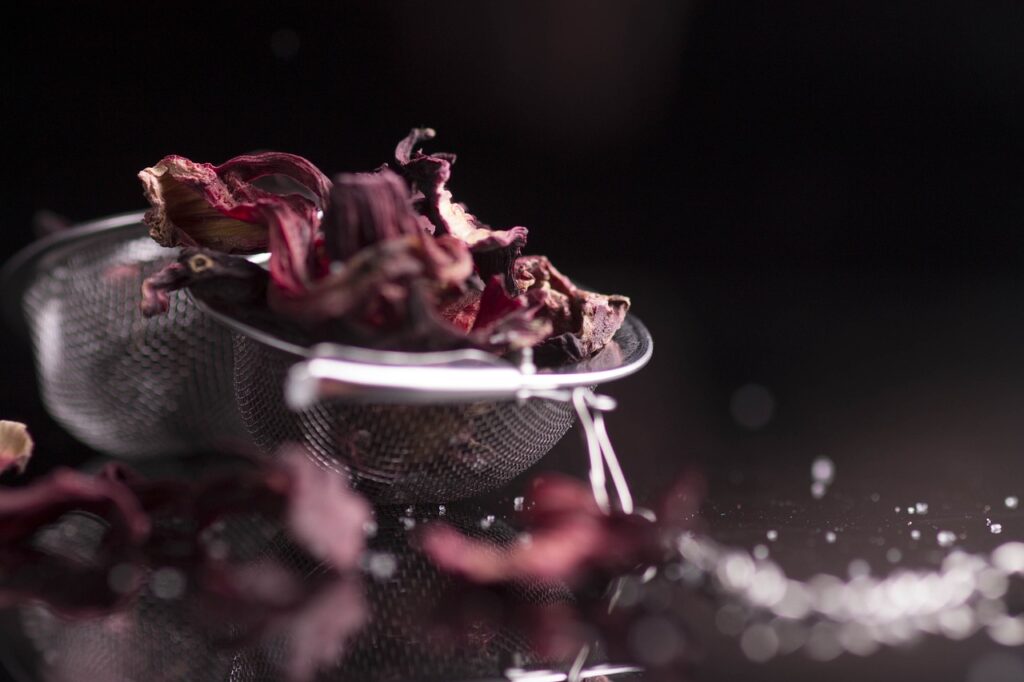
Here’s a simple hibiscus tea recipe that you can try at home:
Ingredients:
- 4 cups of water
- 1/2 cup of dried hibiscus flowers
- 1 cinnamon stick (optional)
- Honey or sugar to taste (optional)
Instructions:
- In a medium-sized pot, bring 4 cups of water to a boil.
- Once the water is boiling, add 1/2 cup of dried hibiscus flowers to the pot. If you like, you can also add a cinnamon stick for extra flavor.
- Reduce the heat to low and let the tea simmer for about 10-15 minutes, stirring occasionally.
- Remove the pot from the heat and let the tea steep for an additional 5-10 minutes.
- Strain the tea through a fine mesh strainer or cheesecloth to remove the hibiscus flowers and cinnamon stick.
- If you like your tea sweet, you can add honey or sugar to taste.
- Serve the tea hot or let it cool and enjoy it over ice.
Note: You can adjust the amount of hibiscus flowers and cinnamon to your preference, depending on how strong you like your tea. Additionally, you can add other flavors such as ginger or lemon for a twist on this classic recipe.
6. Garlic
Garlic is a natural ingredient that has been studied for its potential health benefits, including its ability to lower blood pressure. Here are some ways to eat garlic to potentially lower blood pressure:

- Raw garlic: Consuming raw garlic has been found to have a blood pressure-lowering effect. Crush a clove of garlic and allow it to sit for a few minutes before eating it. This will activate its beneficial compounds.
- Cooked garlic: Cooking garlic can also be a good way to incorporate it into your diet. Add garlic to your meals as a seasoning to add flavor to your food.
- Garlic supplements: Garlic supplements are also available in pill form. However, it’s important to consult with your doctor before taking any supplements, as they can interact with certain medications.
7. Omega-3 Fatty Acids
Omega-3 fatty acids, found in fatty fish such as salmon, can help lower blood pressure. You can also take omega-3 supplements to see the benefits. Omega-3 fatty acids are primarily found in fatty fish such as salmon, mackerel, and tuna. However, there are a few fruits and vegetables that contain a small amount of omega-3 fatty acids. These include:
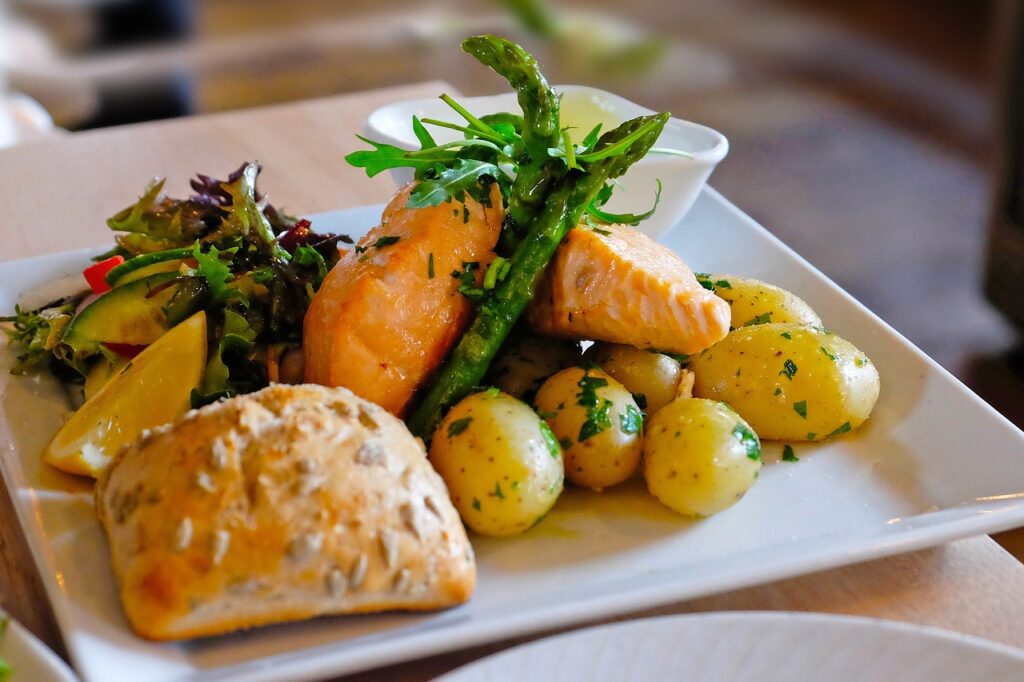
- Flaxseeds: Flaxseeds are a rich source of alpha-linolenic acid (ALA), a type of omega-3 fatty acid. They can be consumed whole, ground, or as oil.
- Chia seeds: Chia seeds are another source of ALA omega-3 fatty acids. They can be added to smoothies, oatmeal, or yogurt.
- Walnuts: Walnuts are a good source of omega-3 fatty acids, as well as other nutrients such as fiber and protein. They can be eaten as a snack or added to salads.
- Brussels sprouts: Brussels sprouts are a cruciferous vegetable that contains a small amount of ALA omega-3 fatty acids, as well as other nutrients such as vitamin C and fiber.
- Spinach: Spinach is a leafy green vegetable that contains a small amount of ALA omega-3 fatty acids, as well as other nutrients such as iron and vitamin C.
High blood pressure is a serious health problem that requires attention and care. By incorporating these natural remedies into your daily routine, you can help lower your blood pressure immediately and reduce your risk of serious health complications. However, if you have persistent high blood pressure, it’s important to speak with your healthcare provider to develop a comprehensive treatment plan.


